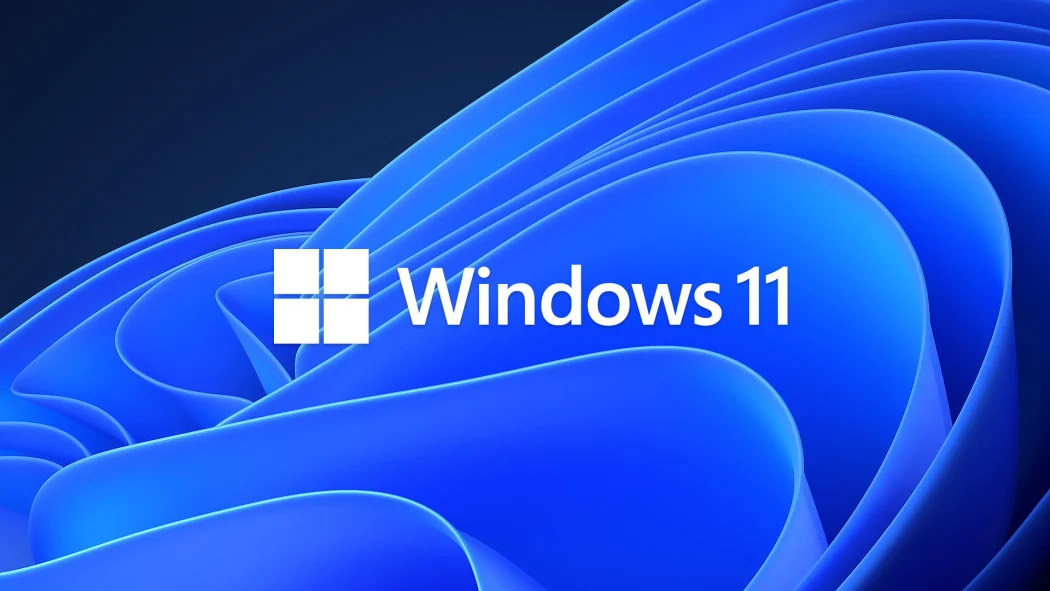Windows 11 has introduced or enhanced a variety of features aimed at improving user productivity and experience, with the multiple desktops feature being one of the most significant. This functionality allows users to create separate virtual desktops for different tasks or projects, thereby organizing their workflow and minimizing distractions. In this article, we’ll explore how to set up and effectively use multiple desktops in Windows 11 to maximize your productivity.

Setting Up Multiple Desktops in Windows 11
Creating multiple desktops in Windows 11 is a straightforward process:
Accessing the Task View
Press the “Task View” button on the taskbar (which looks like two overlapping squares), or use the keyboard shortcut Windows Key + Tab. This action brings up the Task View interface, where you can manage your desktops.
Adding a New Desktop
In the Task View, you’ll see a “+ New desktop” button in the top corner of the screen. Clicking this button will create a new virtual desktop.
Switching Between Desktops
Once you’ve created multiple desktops, you can switch between them by clicking on the desired desktop in the Task View or by using the keyboard shortcuts Ctrl + Windows Key + Left/Right Arrow.
Setting up multiple desktops can help you compartmentalize tasks such as work, personal activities, or specific projects, keeping your digital workspace organized.
Organizing Windows and Applications Across Desktops
After setting up multiple desktops, organizing your windows and applications is essential:
Dragging Windows
You can click and drag windows from one desktop to another within the Task View. This helps you assign specific applications to designated desktops.
Right-Click Options
Right-clicking on an application window within the Task View will give you options to move the window to a specific desktop or show the window across all desktops.
Keyboard Shortcuts
Using keyboard shortcuts to move windows can be a quicker way to organize your desktops. You can press Alt + Tab to select a window, then use the previously mentioned shortcuts to move it to another desktop.
Organizing your applications and windows can boost your efficiency by reducing the clutter and making navigation between tasks smoother.
Customizing and Managing Your Virtual Desktops
Customization is key to getting the most out of your multiple desktops:
Renaming Desktops
You can rename your desktops by clicking on their title in the Task View and typing in a new name. This can help you quickly identify the purpose of each desktop.
Changing Backgrounds
Personalizing each desktop with a different background can serve as a visual cue for the desktop’s function. To do this, open the Settings app, go to Personalization > Background, and select the desired background for each desktop.
Closing Desktops
If a particular desktop is no longer needed, you can close it by clicking the “X” in the top-right corner of the desktop thumbnail within the Task View. All open windows from that desktop will move to the next one.
Customizing your virtual desktops can make them more visually distinct and align them with your workflow.
Enhancing Productivity with Task Management
The final step to maximizing productivity with Windows 11 multiple desktops is effective task management:
Dedicated Desktops for Specific Tasks
Assign each desktop a specific role or task, such as one for work-related applications, another for personal use, and a third for entertainment or hobbies.
Consistent Layouts
Keep a consistent layout for similar applications across desktops to reduce cognitive load and make switching between tasks seamless.
Utilize Keyboard Shortcuts
Mastering keyboard shortcuts for navigating and managing virtual desktops can significantly speed up your workflow and reduce the need for a mouse.
By using the multiple desktops feature, you can create a more organized and focused working environment, leading to a noticeable boost in productivity. Tailor each desktop to a specific aspect of your daily routine. This allows for a more streamlined approach. It also helps compartmentalize tasks for better handling.
In conclusion, Windows 11 multiple desktops can be a powerful tool for enhancing productivity. By setting up dedicated workspaces, organizing your applications, customizing each desktop, and employing effective task management, you can create an optimized environment that can help you stay focused and get more done. As you become more accustomed to using multiple desktops, you may find your workflow transformed and your efficiency improved.